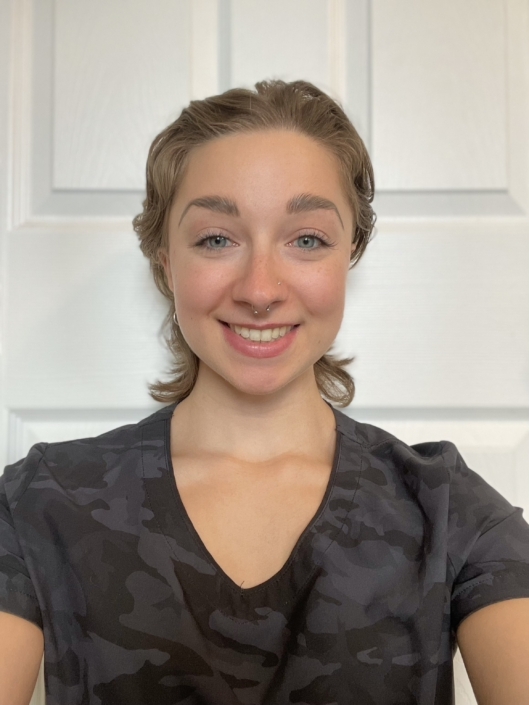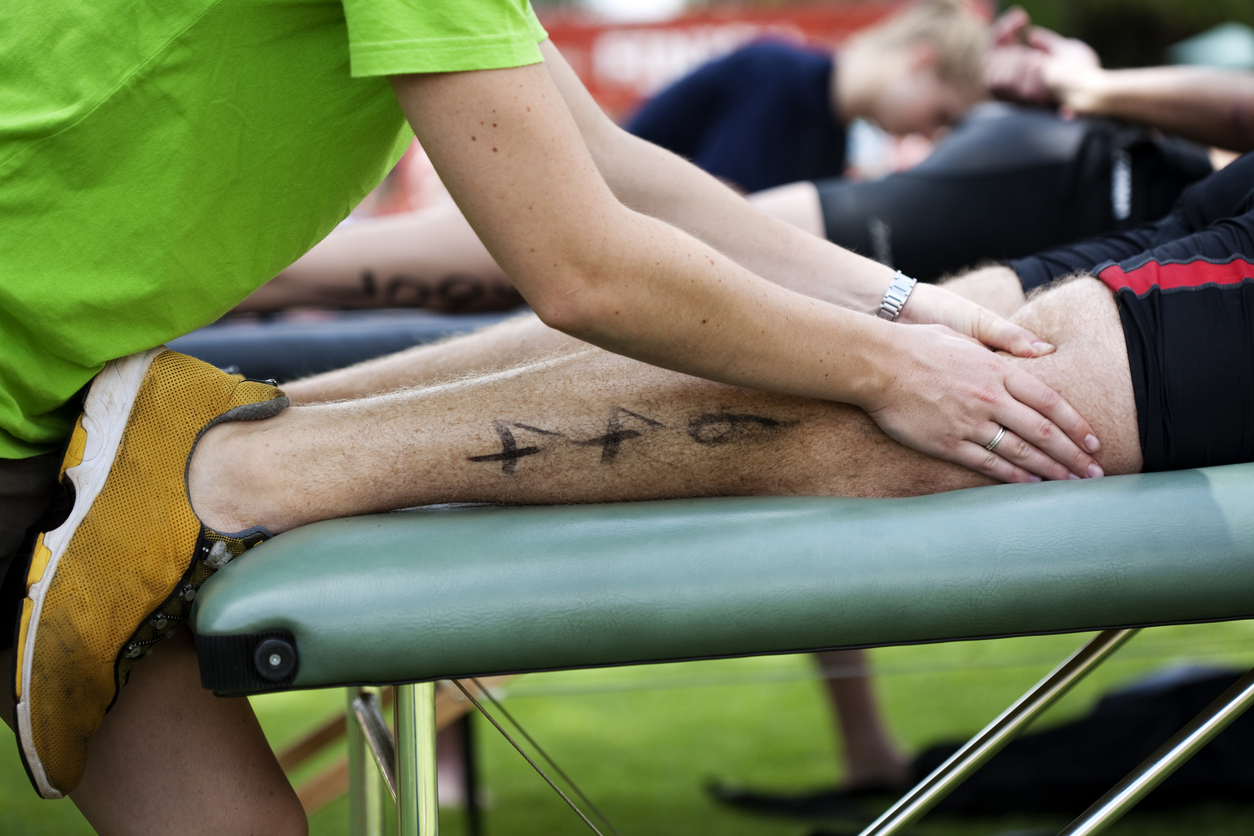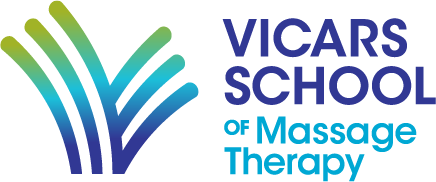Vicars School students have been going to see physical therapists, social workers, chiropractors, and psychologists a lot lately.
But don’t worry—they’re fine!
What’s going on is that this is the time of year that our second-year students start an assignment that brings them into contact with their colleagues in health care. It’s a practical way for them to learn about other health care professionals, to learn more about what they do, how they do it, and how their profession works with ours. It is part of our community collaboration initiative.
No single health profession has all the answers. It’s important for our students to learn the value of professional collaboration with their peers in other health care occupations, so they know where to refer their clients, and how to encourage others to refer patients to reputable massage therapists when that is appropriate.
Each health-care profession is a discipline with an approved scope of practice: the treatments and procedures that individuals in that discipline are trained for and expected to provide effectively. If a treatment falls outside their scope, they make referrals. Dentists don’t remove tonsils. Massage therapists don’t treat broken bones.
Referrals between professionals have always happened. In massage, we learn to keep detailed and clear records of each client’s health history, treatment plans, and results. Within our practices, we use that information to refer to as we prepare for their next appointment. When we get a referral, these records are used to make a report to the referring professional.
At Vicars, our community collaboration initiative brings our students together with other professionals in several ways.
The first is the simplest: throughout the year, qualified individuals are invited to be a guest for a massage at one of our supervised public clinics. The colleague meets their student therapist and the clinic supervisor, asks questions, and shares insights about how massage therapy complements their practice or profession, and then gives feedback about the treatment they received. Everyone learns something, and the encounter helps to break down barriers between different, but related, fields.
The second part of the initiative is the community collaboration assignment that students begin early in second year. Over the course of eight weeks, students connect with a health care colleague and begin to foster a professional relationship.
Each student reaches out to a professional who may refer clients or patients for massage therapy and who may hire massage therapists to work in their clinics—such as chiropractors, occupational therapists, and physiotherapists. The student sets up a meeting, during which they tour the facility and have a conversation. If time and space permits, the student will give the practitioner a massage on site.
The assignment concludes with the student later sharing what they have learned in an essay and with their fellow students in class. Instructors ensure that different students meet and report on as wide a range of health professionals as possible to contribute to the class’s shared knowledge.
As the third part of our community collaboration work, Vicars School is building a roster of multidisciplinary employers with which we have a more formal relationship. At time of writing, these include Massage Addict, with more than 100 owner-operated clinics across the country, including Edmonton and Calgary; ProActive Health Group, which works with elite and competitive athletes in their two clinics and one mobile unit in Calgary; and Serenity Now Wellness, a Calgary-based counselling service that also employs massage therapists.
These businesses are encouraged to invite Vicars students on site to shadow and learn about the organization, and to host talks on campus. At these coffee chats, students hear from community collaborators about their real-life multidisciplinary experiences, especially as it relates to massage therapy. These talks also contribute to the students’ training about the challenges and rewards of massage as a business.
Some multidisciplinary clinics, explains chiropractor Greg Uchacz, founder of ProActive Health Group, take the interprofessional arrangement further than just sharing space and facilitating connections. He says his group is an example of an integrative centre where experts work together as a team to solve problems.
“The barriers between professional designations fall away and each person plays to their strengths,” when you get professionals all around the same table to address an issue, he says. “In the sports world, this is very well established.”
Massage therapists, chiropractors, athletic therapists, and sport physicians work together to bring out the best performance from elite athletes and teams.
At Vicars, we appreciate the time and energy put in by the partner businesses who are part of this initiative. And we’re happy to say that so far, our partners are getting as much benefit from the program as our students are.
With their involvement, they get an inside track on meeting and hiring Vicars grads. We don’t mean to be immodest, but we know that Vicars grads are in great demand all around the province. They’re a bit like cookies at the holidays: when you have hired one or two, you go looking for one more.
Calgary grad Maggie Bruce is a perfect example of how this relationship works as a win-win for students and community partners. Maggie went in October for a day at ProActive and shadowed a physiotherapist, the front office staff about the business side of the practice, and Dr. Uchacz, a chiropractor.
“It was cool to glimpse the world of a few different professions, and to see how other therapists operate.
“I have never been to a chiropractor before, so I was interested. I saw how he incorporated some of the stuff I do. He warmed up with some massage and then did some myofascial work,” similar to what she had learned at Vicars.




